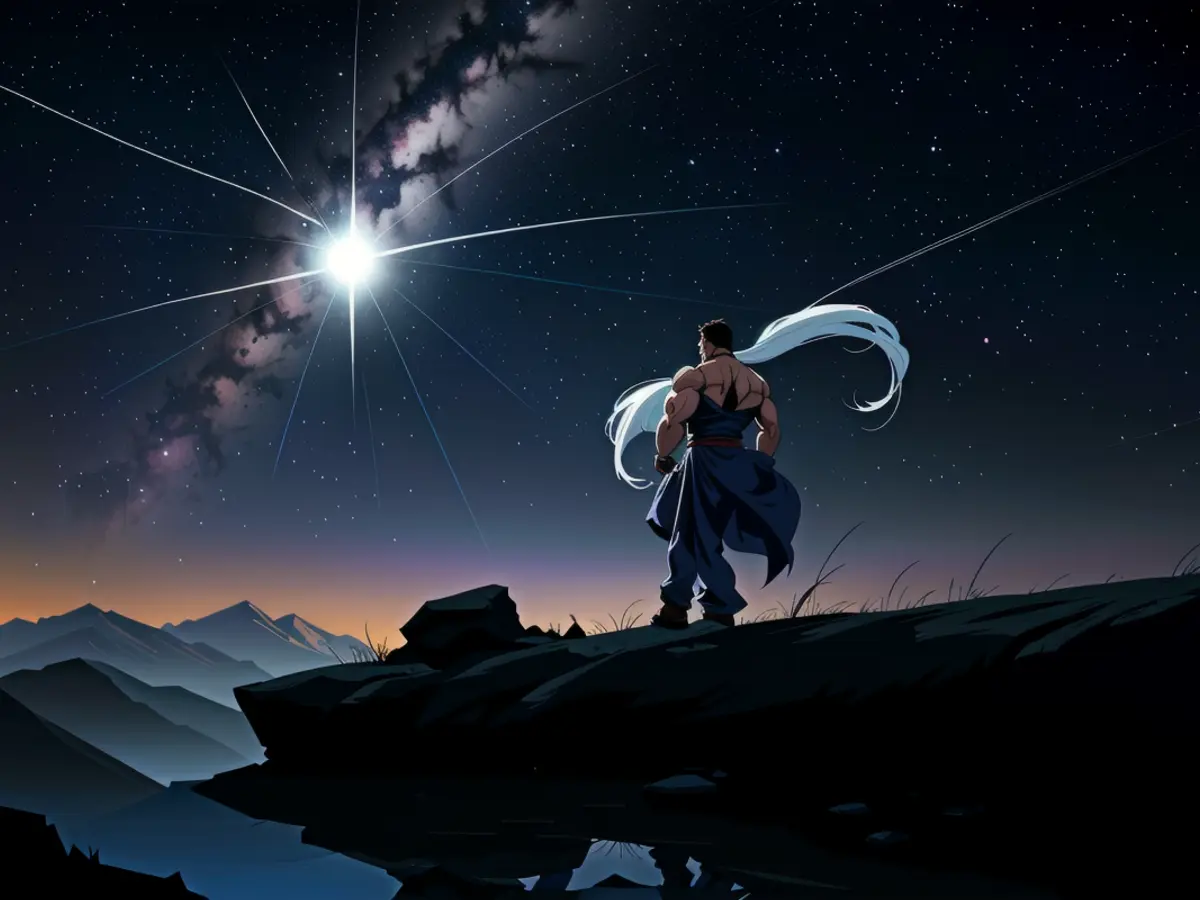Explore the "Star of Bethlehem," the Solstice, and Shooting Stars: This Week's Celestial Spectacle
Each Monday, I select North America's celestial highlights for the upcoming week (applicable to mid-northern latitudes in the northern hemisphere), but don't forget to check my main feed for more detailed articles on stargazing, astronomy, eclipses, and such.
The Night Sky This Week: Dec. 16-22, 2024
There's a heated discussion in astronomy: what was the "Star of Bethlehem" or the "Christmas Star?" This week, stepping outside might leave you thinking it's a "planet" because three are currently making this claim – incredibly bright Venus in the west after sunset, as well as Jupiter and Mars in the west after nightfall, both nearly at their brightest. Evening festive planet-gazing aside, this week delivered some lovely lunar sights, too, including the solstice and a minor meteor shower.
Here's your detailed guide to stargazing and sky-watching this week:

Tuesday, Dec. 17: Moon and Mars Conjunction
Mars will reach opposition on Jan. 16, 2025, an event that happens every 26 months as Mars moves close to Earth. The resulting brilliance and vivid red hue of the planet make for a stunning sight. Tonight's sight of a waning gibbous moon sharing a mere degree of space with Mars will create an enchanting spectacle.
Wednesday, Dec. 18: Christmas Lights in the Sky

Before retiring for the night, take a glance eastward and discover a sequence of four lights in the sky: a waning gibbous moon resting on the head of bright red Mars and two stars sharing the same celestial space – Pollux and Castor in the constellation Gemini. This constellation will present a charming crescent of four progressively less bright dots, evoking the twinkling allure of Christmas lights.
Friday, Dec. 20: Moon and Regulus Conjunction
Rising late at night or early in the morning will be Regulus, the brightest star in the constellation Leo, and the waning gibbous moon only a whisper away.

Saturday, Dec. 21: Solstice and Ursid Meteor Shower Peak
At 4:17 a.m. EST, astronomical winter kicks off in the Northern Hemisphere as the sun crosses the Tropic of Capricorn, marking the farthest south it ever appears in our sky. This will be followed by the longest night of the year, graced by an annual meteor shower called the Ursids. However, it's not particularly remarkable; you can expect around 5 to 10 shooting stars per hour at its peak.
Sunday, Dec. 22: Mercury at its Highest in the Morning Sky

If you've never seen Mercury with your own eyes, make an early start and look to the east for a reddish dot. Binoculars will enhance your viewing experience. Currently in its farthest orbit from Earth, Mercury will appear relatively bright and high in the sky close to Antares in the constellation Scorpius.
Sunday, Dec. 22: Last Quarter Moon
Today, you'll see a moon at the last quarter (or third quarter), displaying a half-illuminated face that rises after midnight. Over the next week, its rising time will gradually shift later by about 50 minutes each night, propelling night skies that are darker for extended periods.
These dates and times apply to mid-northern latitudes. For the most accurate and location-specific information, consult online planetariums like Stellarium.
Wishing you clear skies and curious gazes.
After the solstice and the Ursid meteor shower peak on December 21, prepare for the 'last quarter moon' on December 22. This lunar phase will display a half-illuminated face that rises later each night, making the night skies darker for extended periods.
Meanwhile, in the early hours of December 22, Mercury, the smallest planet in our solar system, can be spotted as a reddish dot in the east. Use binoculars to enhance your viewing experience as Mercury appears relatively bright and high in the sky near Antares, a star in the constellation Scorpius.
A few days later, on December 20, look to the west or east, depending on your local time, for the 'moon and Regulus conjunction'. The waning gibbous moon will be a mere whisper away from Regulus, the brightest star in the constellation Leo.
Additionally, on Tuesday, December 17, the 'moon and Mars conjunction' will captivate your senses. The waning gibbous moon will share a mere degree of space with Mars, which will be at its brightest and most vivid red due to its proximity to Earth.
Remember, these celestial events are perfect for 'december stargazing'. You might even catch a glimpse of the 'supermoon' during 'december full moon' days, or the 'Christmas lights in the sky' offered by the alignment of the waning gibbous moon, Mars, and two stars in the constellation Gemini.






